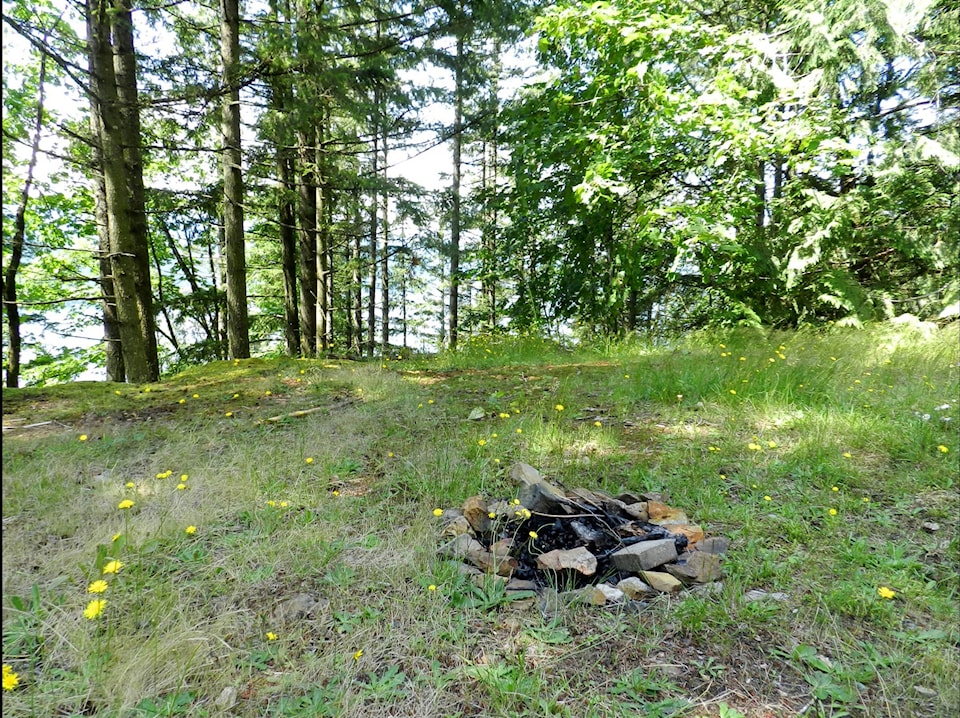Even though this year’s wildfire numbers have been low so far, it’s best to be prepared.
The District of Kent recently issued a brief reminder encouraging residents to make grab-and-go bags in the event of an impending disaster such as spreading wildfire in the area.
“Be sure to pack everything you’ll need if you have to evacuate, and be sure to store them in an accessible location so they can be grabbed quickly,” the July 8 Facebook post read.
RELATED: District of Kent gets wildfire defense aid from B.C. government
According to PreparedB.C.’s Wildfire Preparedness Guide (available online), grab-and-go bags are emergency packs filled with basic but necessary supplies for yourself, seniors, those with disabilities and medical conditions as well as pets. The basic list PreparedB.C. recommends the following checklist for basic grab-and-go bags:
- Bottled water and ready-to-eat food (like high-calorie protein bars)
- Phone charger and battery bank
- Small battery-powered or hand-crank flashlight and radio
- Batteries
- First aid kit and medication
- Toiletries
- Extra glasses and contacts
- Copies of important documents and emergency plans
- Seasonal clothing
- Pen and notepad
- Whistle
Within the District of Kent, local restrictions ban category 2 and 3 as well as resource management fires until September 30. Any open burns within the district outside of the Agassiz townsite require an annual burning permit, which can be submitted to Municipal Hall in Agassiz. Prices and local regulations are available online at kentbc.ca/burn.
RELATED: Pandemic forces BC Wildfire Service to adapt as it prepares for burning season
Seabird Island’s fire ban is also in place until September 30; no burn permits will be issued until after that date.
In March, the Ministry of Environment and Climate Change Strategy announced burning restrictions across the province. Harrison Hot Springs and the District of Kent fell under a high smoke sensitivity zone, where fire restrictions were among the tightest. A spokesperson from the ministry also indicated strong evidence that a rise in air pollution increasing the probability of respiratory viral infections by decreasing immune function, which could lend itself to particularly dangerous outcomes especially during the COVID-19 pandemic.
Agassiz-Harrison and the surrounding area outside of larger cities has had its fair share of issues when it comes to wildfires. The 2018 Mount Hicks fire destroyed more than 400 hectares after a burst tire sent sparks toward dry forest floor along Highway 7. The fire was contained after an intense battle involving several fire departments after two to three weeks of burning and spreading.
According to recent reports, approximately 660 fires have burned this year so far compared to 47,050 that burned in 2018 over the same period stretching into early July. This significant drop is attributed to a much wetter transfer from spring to summer in terms of frequency. Approximately 76 per cent of fires this year were caused by humans. 2018 was the worst fire season on record. The largest blaze, the Tweedsmuir Complex fire, razed 300,000 hectares. Four separate lightning strikes caused the gigantic blaze.
For more advice on building grab-and-go bags and other emergency preparation measures, readers are encouraged to visit www.gov.bc.ca/preparedbc/emergencykit.
– With files from Liam Harrap of the Revelstoke Review
